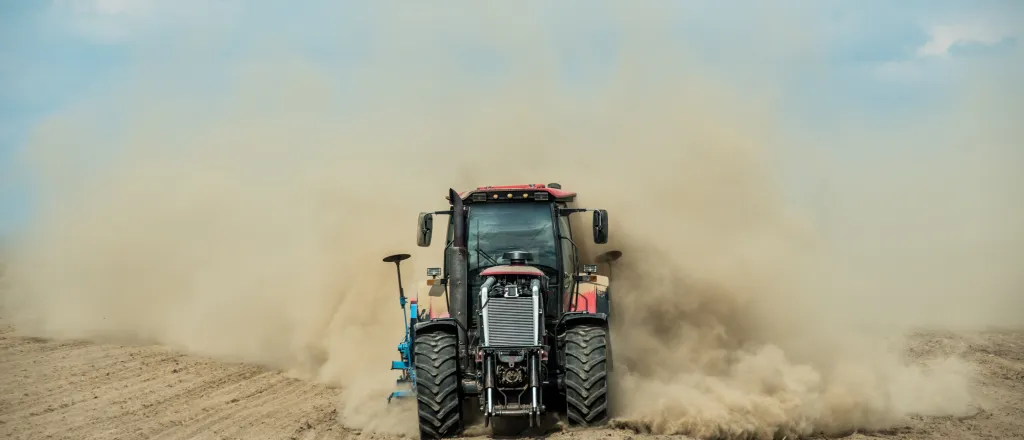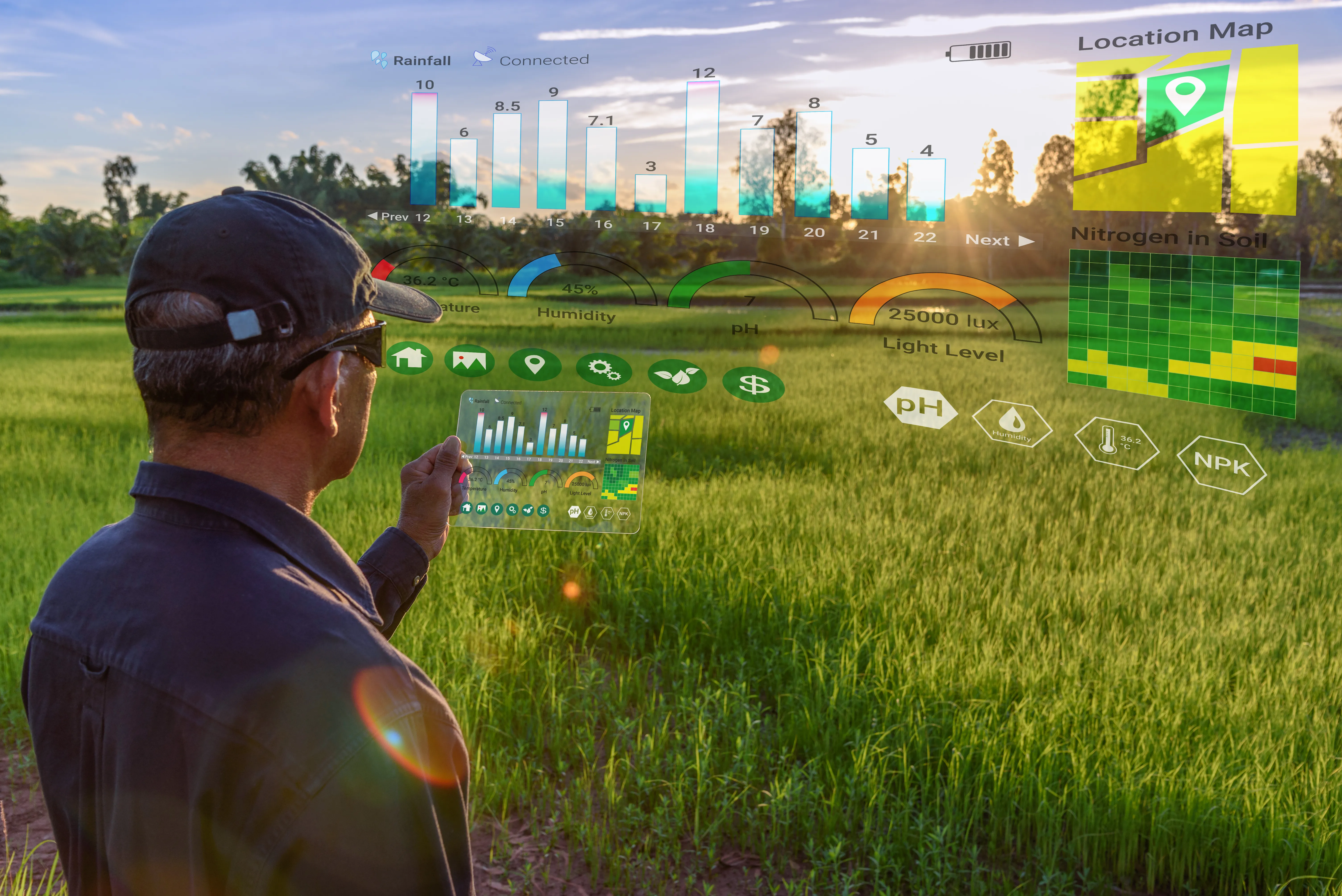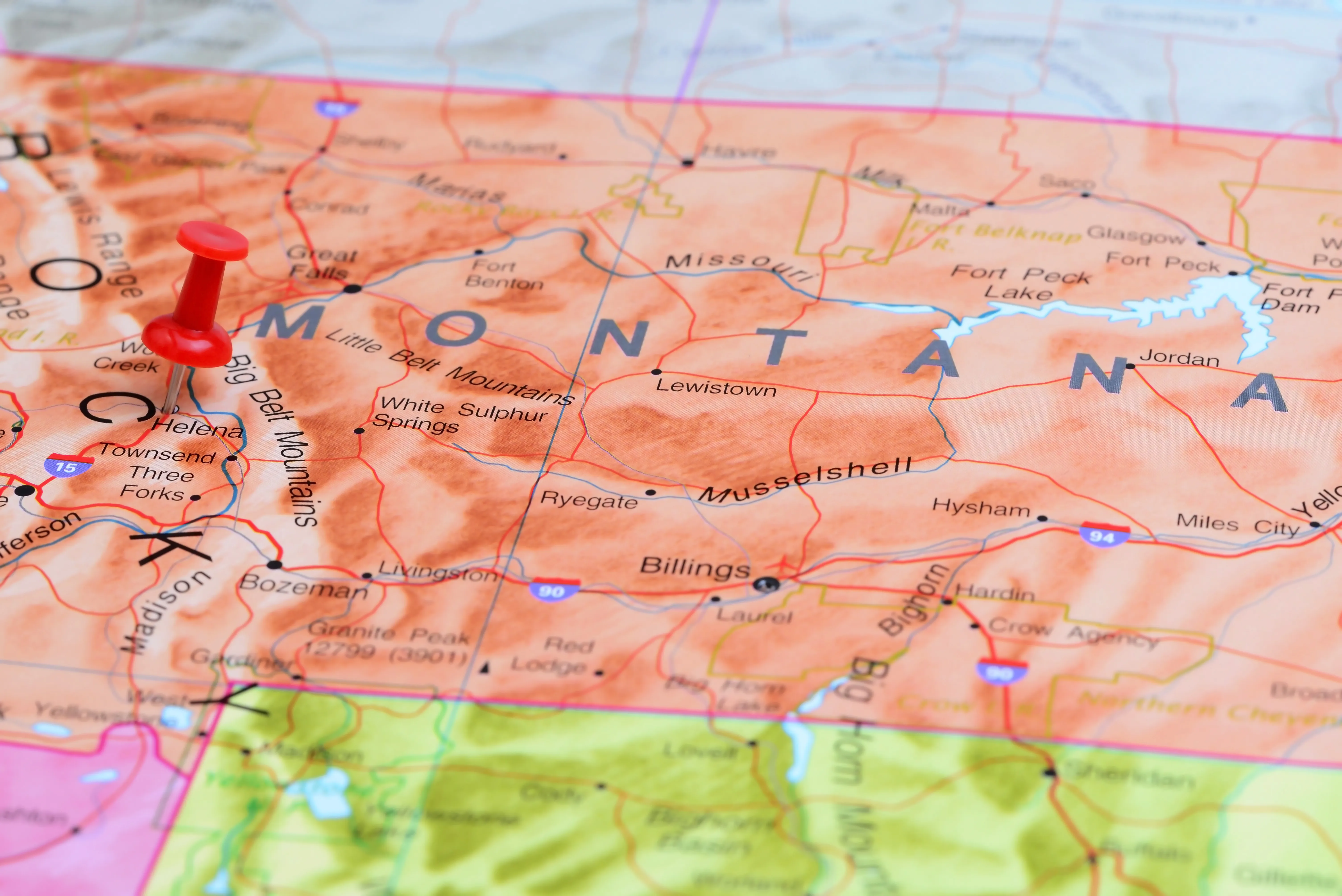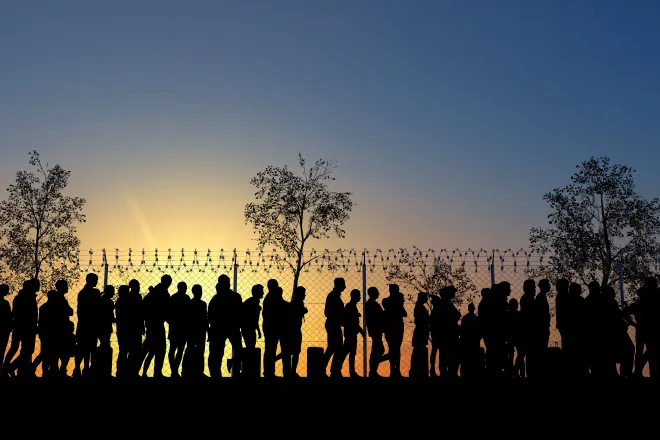
South Dakota not as dry as last year but some crop production is falling behind
(The Center Square) - South Dakota's weather is not as dry as 2021 but some crops are still lagging behind last year’s average, according to the U.S. Department of Agriculture’s weekly crop progress and condition report.
South Dakota had more widespread drought conditions this time last year compared to now. During the week of Aug. 3, 2021, 90 percent of South Dakota was in a moderate drought and just over 19 percent of the state was in extreme drought, according to the U.S. Drought Monitor. Just over 39 percent of the state is in a drought now.
Crop production and related industries represent $3.3 billion worth of value added to the economy and provide over 30,000 jobs, according to the South Dakota Department of Agriculture and Natural Resources.
During the week ending on July 31, the harvesting of corn, soybeans, winter wheat, spring wheat, oats, and sorghum were all behind compared to the same week last year, the USDA said. Spring wheat was behind the most. As of the end of July, 26 percent of spring wheat was harvested compared to 48 percent the same week last year.
The USDA has already predicted winter wheat production will decrease nationally by 8 percent in 2022 based on a survey of more than 9,000 producers across the country.
While just under 64 percent of South Dakota is experiencing abnormally dry conditions, 25 percent of pastures and ranges were rated in good condition by the USDA during the week ending July 31. Fair condition was given to 35 percent, poor condition to 29 percent, and 8 percent of pastures and ranges were found to be in very poor condition, the USDA said.
Overall, agriculture, forestry, and related industries in the state contribute an estimated $11.7 billion to the state economy and provide over 129,000 jobs, supporting about 1 in 5 jobs across South Dakota, according to latest DANR report on agriculture's contribution to the state's economy.
These numbers come after the industry experienced COVID-19 related setbacks observed in an economic contribution study conducted last year.
“Like all other states in the United States, the COVID-19 has impacted South Dakota; agriculture, agri-food and forestry industries were not spared,” the report said. “During the height of the pandemic, large meat processing plants in South Dakota were shut down because of COVID-19, causing disruptions in supply chains. Many pork producers struggled to market their hogs, and some were forced to euthanize hogs that could not be harvested. There remains a great deal of economic uncertainty.”
















